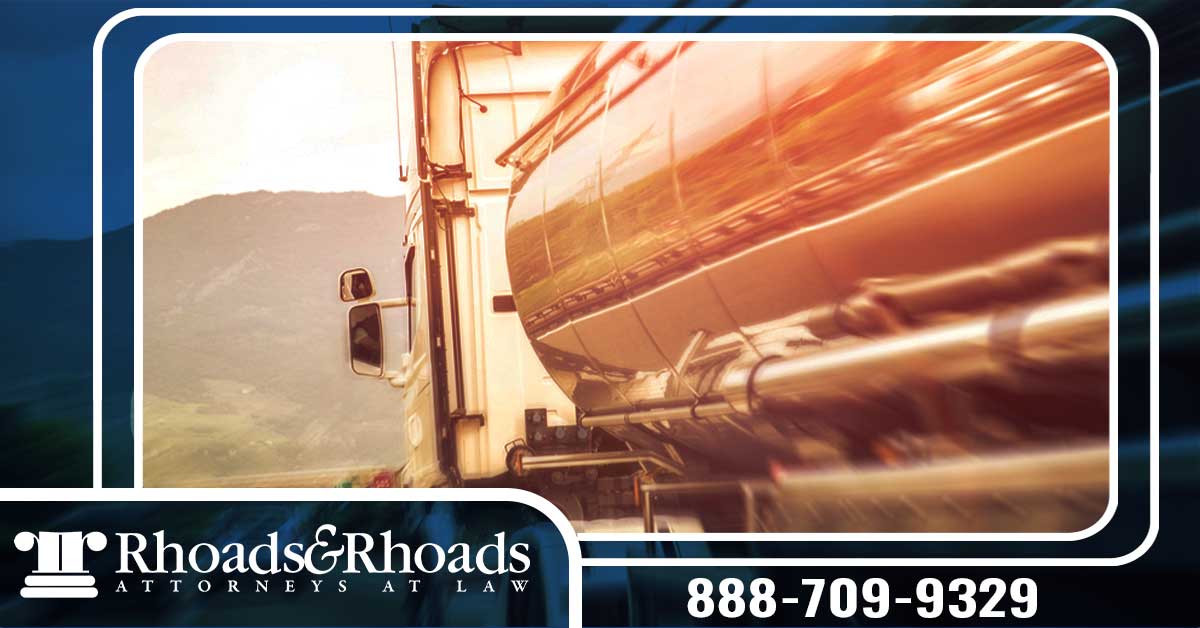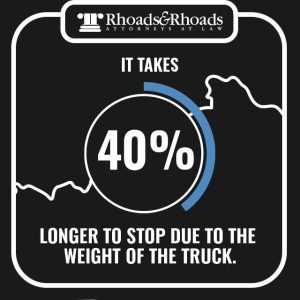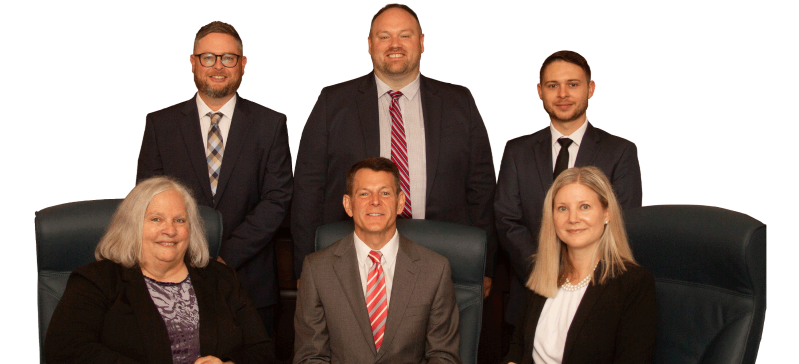
Getting into an accident with a semi-truck can be dangerous in any situation. However, some of the most devastating accidents happen due to truck blind spots.
Because of the size of tractor-trailers (semi-trucks), they have much larger blind spots than other vehicles, which means it’s much easier for a truck driver to make a move without realizing there is another vehicle in their path.
Unfortunately, when a smaller vehicle is involved, the aftermath can be devastating. Not only can cars be totaled in these situations, but the occupants can sustain severe, life-threatening injuries, or death.
If you or a loved one are the victim of a semi-truck blind spot accident, our experienced truck accident attorneys in Owensboro, Kentucky can help. At Rhoads & Rhoads, we have been helping protect the rights of injured victims in Western Kentucky for almost 50 years. Contact us today for assistance with your case.
Understanding Semi-Truck Blind Spots
Because semi-trucks have such large blind spots that can lead to serious accidents, the Federal Motor Carrier Safety Administration provides a truck blind spot guide to help drivers and truckers understand how these blind spots work and how to avoid them.
The four “No Zones” listed on the guide cover the four areas that drivers should be aware of, as driving in these areas could make them invisible to truck drivers:
- 30 feet behind a truck.
- 20 feet in front of a truck.
- Directly next to the truck to its left.
- Directly next to the truck, two lanes to the right.
 The guide also points out that when trucks are making a right-hand turn, they have a 55 ft turning radius and cannot see anyone that might be next to them on their right side. As such, drivers should avoid pulling up on the right side of a truck that is attempting to make a right turn.
The guide also points out that when trucks are making a right-hand turn, they have a 55 ft turning radius and cannot see anyone that might be next to them on their right side. As such, drivers should avoid pulling up on the right side of a truck that is attempting to make a right turn.
Large trucks also take longer to stop, even once the brakes are applied. As such, it’s important not to cut directly in front of a truck. The truck driver is not only unable to see those directly in front of them, but even if they do glimpse you and hit the brakes, they still might hit you because it takes 40% longer to stop due to the weight of the truck.
When in doubt, it’s best to give large semi-trucks as much room as possible. Do not enter any of the blind spots listed above. If you must drive directly next to a truck, make sure you can pass them quickly and do not stay in their blind spot for an extended period of time.
Who’s at Fault for a Truck Blind Spot Accident?
Liability in semi-truck blind spot accidents can be tricky. Drivers are advised to avoid semi blind spots, so if someone intentionally drives into a blind spot knowing that the truck driver can’t see them, they could potentially be viewed as carrying some of the blame for the accident.
That said, truck drivers are also responsible for doing everything they can to avoid causing an accident, which includes carefully checking their blind spots before making a move. If a truck driver were to hit someone in their blind spot because they failed to thoroughly check first, they could be held liable.
How Can You Prove Truck Blind Spot Accidents?
The key to determining who is responsible for a truck blind spot accident is gathering sufficient evidence to prove what happened. Not only do truck drivers have to check their blind spots thoroughly, but they could also have committed an act of negligence in some other way that you can use to hold them accountable. Such acts of negligence can include distracted driving, speeding, fatigued driving, and failing to signal a lane change.
If you were injured in a truck blind spot accident, a lawyer can help you gather the evidence you need to prove the truck driver or the trucking company is at fault. Such evidence that can be used to help you build a strong case for your truck blind spot accident can include:
- Police reports
- Photos from the accident scene
- Video surveillance footage
- Dashcam footage
- Eyewitness statements
- The truck driver’s driving record
- Logs from the truck’s event data recorder (EDR)
- Records of the truck driver’s training and experience
Many of the types of evidence listed above are not easy to obtain without a lawyer. The trucking company is not likely to deliver records or data from the EDR, for example, unless you have a lawyer officially requesting these things or issuing subpoenas to obtain specific information. Further, it is important that your attorney be involved soon enough to ensure this information is preserved by the trucking company or its insurance company. Your lawyer can also handle negotiations with the insurance company involved to ensure they fully and fairly compensate you for the damages you have suffered as a result of the accident.
Kentucky Personal Injury Lawyers – Rhoads & Rhoads
Our team at Rhoads & Rhoads has experience handling complex trucking accident claims and lawsuits. We are dedicated to helping injured victims receive the guidance and help they need to win their cases.
Call us at 888-709-9329 to schedule an appointment with one of our Madisonville or Owensboro personal injury attorneys. We offer free initial consultations, and all cases are taken on a contingency fee basis, so no initial payment is required.
We get paid only if we win or settle your case, and there is NO RISK involved.


